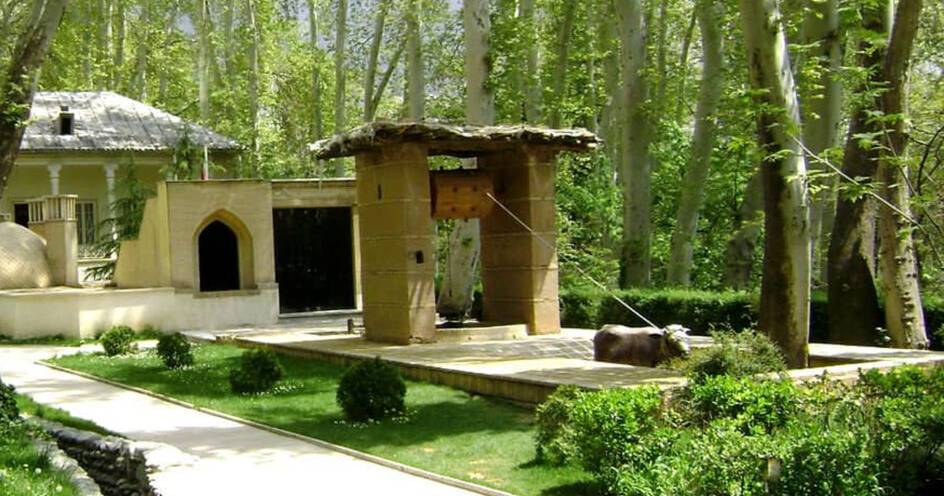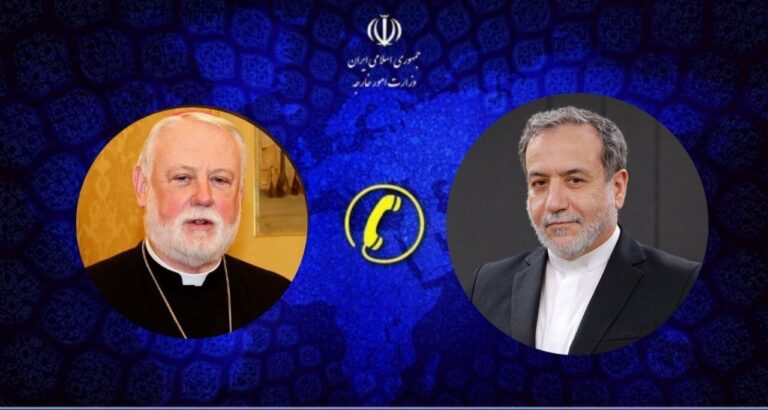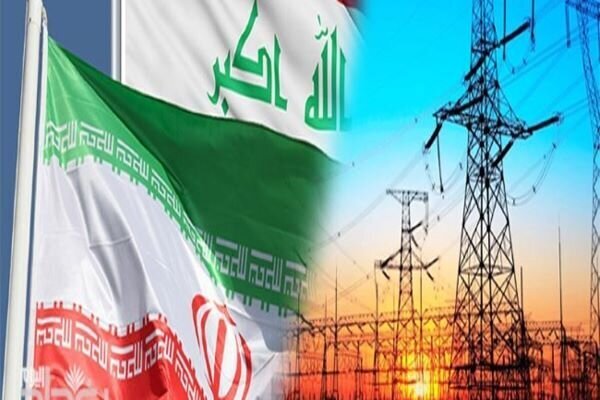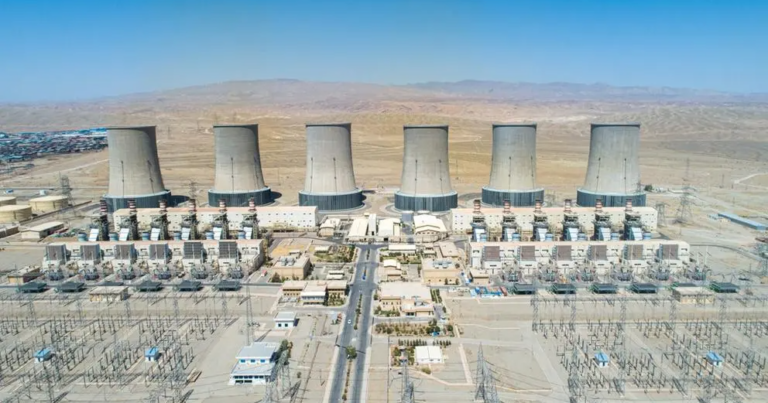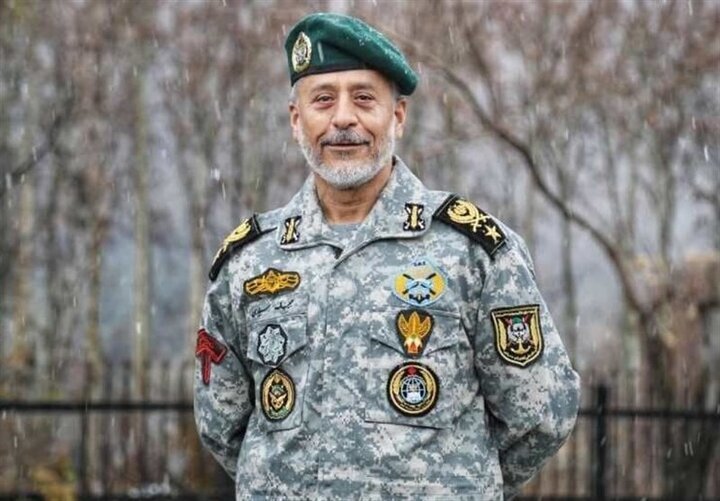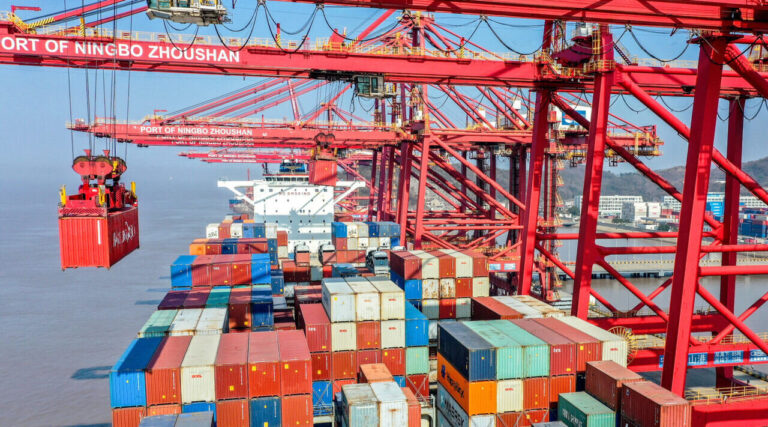National Water Museum in Iran Shuts Down to Make Room for Groundbreaking Quran Museum
The recent decision by Iranian authorities to close the country’s only national Water Museum has ignited fierce backlash from museum experts and staff. This development, which involves relocating the Quran Museum, has raised significant concerns about the preservation of Iran’s cultural heritage.
According to a report from the Iranian daily Payam-e Ma, the closure was approved by President Masoud Pezeshkian. The order mandates that the Water Museum, located in Tehran’s historic Sa’dabad Palace complex, vacate its premises to facilitate the move of the National Quran Museum, currently situated in central Tehran. This decision came without prior public notice and was issued shortly after the Iranian New Year holidays in early April.
Staff members at the Water Museum were taken by surprise when government officials abruptly removed signage and sealed the building. Shahrokh Karimi, the head of the National Water Treasure Institute—which manages the museum—expressed his dismay, stating, “We worked hard for 30 years. It is heartbreaking to see it dismantled overnight.” He emphasized that this move threatens to erase a unique cultural institution dedicated to Iran’s water engineering and environmental heritage.
Established in 1996 through a collaboration between Iran’s energy ministry and cultural heritage authorities, the Water Museum has played a crucial role in showcasing:
- Ancient irrigation techniques
- Historical engineering documents
- Educational displays about water management and conservation
This museum is part of a larger initiative aimed at preserving the country’s “water memory” in the face of escalating environmental concerns. Its closure raises alarm bells about the future of cultural institutions in Iran.
Ahmad Mohit-Tabatabai, who leads the International Council of Museums (ICOM) in Iran, voiced strong criticism of the relocation decision. He stated, “Closing or moving a national museum is among the worst things that can happen in museology.” His remarks highlight the incompatibility between the needs of the Quran Museum and the limited facilities of the Water Museum.
The ongoing financial crisis in Iran has led to the sale of numerous ancient heritage sites, prompting historians to accuse the government of neglecting the nation’s rich historical legacy. This trend has been evident in recent public outcry, particularly when the government announced plans to construct mosques in public parks. Many citizens view these actions as part of the Islamic Republic’s agenda, which seems to undermine the country’s environmental and cultural heritage.
As the situation unfolds, several key concerns arise regarding the impact of this closure on Iran’s cultural landscape:
- Loss of Cultural Heritage: The dismantling of the Water Museum signifies a potential loss of an important educational resource focused on water management.
- Public Outcry: The sudden nature of the closure has alarmed museum staff and advocates for cultural preservation, who fear a broader trend of neglect.
- Environmental Concerns: The move raises questions about the government’s commitment to addressing environmental issues, particularly in a country facing significant water scarcity.
In light of these developments, it is imperative for stakeholders in Iran’s cultural sector to advocate for the protection of its national museums and heritage sites. The Water Museum stands as a testament to the country’s rich history of water engineering and its significance in environmental conservation. As the nation grapples with pressing environmental challenges, the preservation of such institutions becomes even more critical.
In conclusion, the decision to close the Water Museum is not merely an administrative action; it reflects deeper issues related to cultural preservation, environmental stewardship, and the values of a society grappling with its identity in the modern world. As discussions continue, the hope remains that the voices of museum experts, staff, and the public will resonate in favor of protecting Iran’s invaluable cultural heritage.
